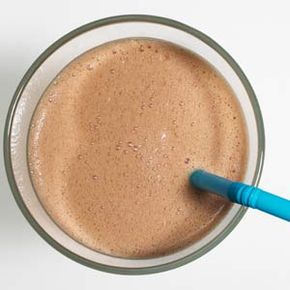Everybody needs liquid. In fact, your body can survive longer without solids than without liquids, as we need water more than we need food. But can you survive on only liquids? A liquid diet may put that question to the test, but such a diet should be a short-term thing (a few days to a week at the very most, generally) because it is difficult to get all the nutrients your body needs from a few fluids.
Liquid diets can be used for weight loss, as you'll naturally tend to drink fewer calories than you'd eat -- unless you drink nothing but mega milkshakes all day long -- but more often they are actually required by a physician in a pre-operative or post-operative situation [source: Colorado Center for Digestive Disorders]. Such diets can make it easier for technicians and doctors to view x-rays and other internal tests.
Advertisement
Liquid diets are very easy to follow, as long as you have the willpower to forgo solid food. While there are two basic types of liquid diets, the clear liquid diet and the full liquid diet, both are straightforward -- you have to stick to liquids. However, with the full liquid diet, which this article will explore in more detail later, there is a bit more leeway with slightly more substantial liquids like oatmeal and pureed foods.
A modified liquid diet, in which followers use premade diet shakes as one or two of their daily meals and supplement with solid snacks and a third solid meal, can be used for a longer term because the body receives additional nutrients from the variety of solid foods. They can also be very convenient, with grab-and-go shakes, while allowing the wiggle room to enjoy "regular" meals.
To learn the ins and outs of a liquid diet plan, read on to the next page.
Advertisement


